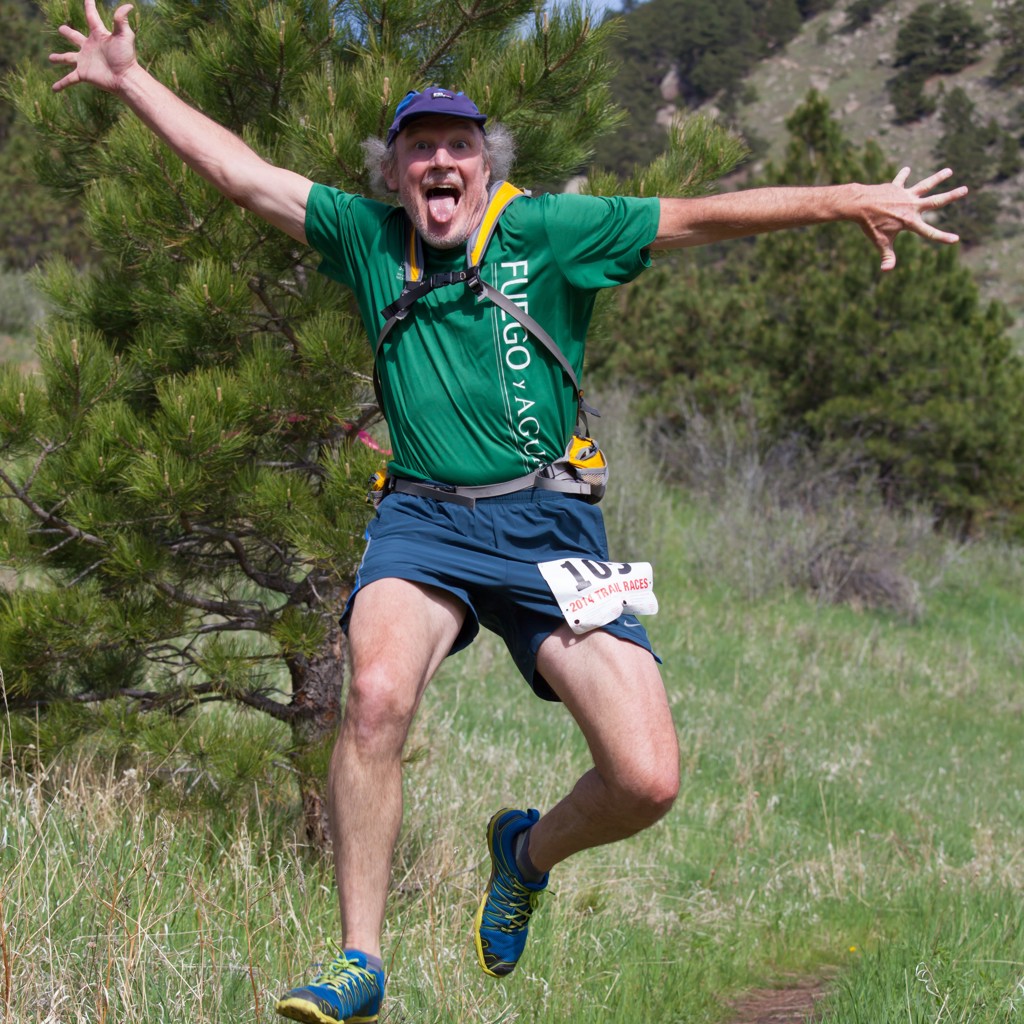Jack Jewell
USAFor pioneering contributions to vertical-cavity surface-emitting laser technology and commercialization.

At seven years old, Jack Jewell looked through a small home telescope at the moon with his father. Through the lens, he saw craters, mountains, and so much more. He recalls, “The whole next day, I thought of nothing else.” This event was a profound moment for Jack: it cemented his desire to be a scientist. And, that very same telescope is still on his bookshelf today.
Jack was interested in getting a broad scientific education, so he majored in physics through an M.S. degree. While working on his PhD at the University of Arizona Optical Sciences Center, his advisor, Hyatt Gibbs, introduced him to optical logic devices for optical computing. This field would be foundational to his later work with VCSELs. Hyatt soon became preoccupied writing a textbook, which provided Jack an excellent opportunity to chart his own course and experiment in Hyatt’s lab full of equipment. Another great advantage of working with Hyatt was his extensive network at Bell Labs, where Jack earned a position after graduation. Perhaps the most significant contact he met through Hyatt was Sam McCall. Jack comments, “We worked in different areas, different departments, different buildings, approached problems differently…and we got along great. Sam was like a second mentor in my work at Bell Labs.”
Jack’s most prominent and impactful work was on the VCSEL, and in 1989, he and a diversely talented team from Bell Labs and Bellcore demonstrated over 1 million VCSELs on a chip less than half a square centimeter in size. This “once in a lifetime moment” was pivotal to Jack’s career and to the field. Despite earlier demonstrations of VCSELs, there was no clear path to practicality. This chip, however, had several key innovations that industry adopted (and still use) that enabled many commercial applications that continue to develop and expand today. Now, VCSELs are used in ethernet communications, computer mice, medical applications, facial recognition, LIDAR, and he says, “All laser mice are VCSEL mice. If you hold an advanced smartphone, you hold hundreds of VCSELs in your hand!” Jack spent the rest of his career with VCSELs, founding two companies, advancing “oxide” VCSELs, and consulting.
Jack says that his biggest challenge throughout his career was starting companies. After working at Bell Labs, he had grown accustomed to having the institution’s security. Still, he realized that along with that security came a decreasing freedom in choosing research areas. When he decided to set off on his own, he recalls, “it felt like a big load had been removed from my back, but also the ground was removed from under my feet, like floating in free space.” As a self-described “non-CEO-type” Jack has a unique perspective to share with young scientists: You don’t have to be the CEO of your own company. He says, “If you have good ideas, a reasonable concept of commercialization, and, most of all, you’re OK with stepping off the ledge with no support or infrastructure, you can do a lot to get a company started.” When the business starts going you can bring in a CEO. This Founder/CTO arrangement is often successful; anxiety about becoming a CEO shouldn’t hold anyone back from leaping into entrepreneurship. More generally, Jack advises anyone who wants to pursue science as a career to follow their gut and shoot for the moon.
Now mostly retired, Jack continues to enjoy photography, running, hiking, and mountain footraces. One exciting project that started several years ago hearkens back to his longtime love of astronomy. He heard from a Facebook friend that NASA was looking for qualified volunteers to travel to the southern hemisphere to perform occultations by the Kuiper Belt Object MU69 (now named Arrokoth) as part of the New Horizons mission en route to the Arrokoth flyby. Jack reacted “I wanna do that!” And did, travelling to Argentina twice and once to Senegal. NASA continues the same in support for the upcoming Lucy Mission, and Jack with other volunteers and professionals are recording occultations of 7 Trojan asteroids that Lucy will fly by. He says: “It checks my boxes: travel, adventure, supporting a NASA mission, camaraderie, sleep deprivation, non-negotiable time schedule, dealing with predictable and random challenges…some people’s idea of fun! :)"
Photo Credit: Jack Jewell
Profile written by Samantha Hornback
